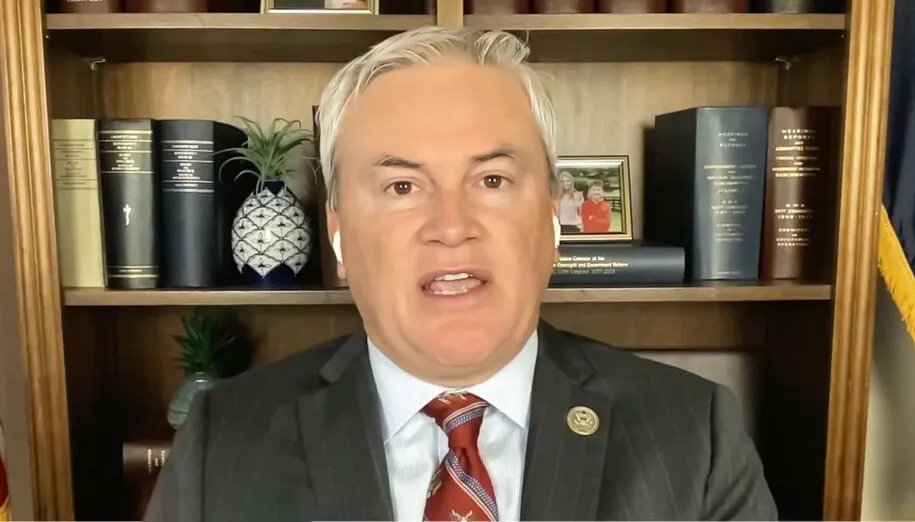I attended the last Women’s March in downtown Louisville in January. One thing that stood out to me was that all of the white women in attendance were called out by the speakers repeatedly, as those speakers highlighted that only 47 percent of us voted for Hillary Clinton. The other 53 percent (as is well known) voted for Donald Trump. We were asked why this happened and challenged to a “#YouToo” movement, and held accountable for the actions of white women that most of us, by choice, don’t associate with. One speaker told us to go “door to door” to talk to our neighbors. It was surprising to witness the complete lack of historical perspective these speakers (all women) had about the urban myth that women “always” vote and support other women.
This is not a new phenomenon. Research shows that while women struggled to secure the vote as far back as 1858, the ideal of a “women’s vote” was “both a lofty American dream and an ugly little myth.”
Suffrage for women – but not all women
During the struggle to secure the vote for women, suffragettes like Susan B. Anthony were primarily working to get white women the vote – but not all white women. Their thinking was based on the image of “white feminine virtue.” They didn’t want white women whom they considered “undesirables” to have the vote: women who worked in factories, or who were married to men who were criminals or poor. The suffragette leaders used this type of dog-whistle politics because they believed this would compromise the “soft power” of the movement.
As for black women, they were excluded from the suffragette movement altogether. Rosaline Jones, a white socialist turned suffragist, led an army of women from New York to Washington in 1913, but when black women asked to join the march in Maryland, Jones refused to even acknowledge their existence. At a meeting of a suffrage association in 1894, a white woman urged keeping “undesirable women” from getting the vote, and stated “…there are probably two million Negro women in this country who are but little uplifted above the plane of animals.”
All women were given the vote in 1920, after the 19th Amendment was ratified, but all women were not allowed to vote. Jim Crow laws largely kept black women away from the ballot box until the Civil Rights Act of 1965.
Women get the vote – but don’t vote for women’s issues
In the first election where women could vote, they were urged to vote for presidential candidate Charles Hughes, who was a champion of the suffragette movement, over President Woodrow Wilson who did not support the movement. However, Wilson won because women voted for him as they were told to do by their husbands.
Then, when the first push for an Equal Rights Amendment happened in 1923, there was no cohesive female voting bloc to support it because middle-class women were pitted against working-class women over fear mongering about labor rights. When the ERA was brought to the forefront again in the 1970s, it was defeated by right wing “housewives” led by Phyllis Schlafly, who scared women by telling them that they would lose “legal benefits like alimony,” and Ronald Reagan who proposed his own “Human Life Amendment.” That amendment would have banned abortion, IUDs, and some forms of birth control pills. Reagan said that the “working wife threatens the very structure of family life itself.” He went on to win the 1984 presidential election, despite his virulent anti-woman economic and social policies, by securing a majority of the women’s vote.
The TWO female voting blocs
Unfortunately, the majority of white women don’t seem to be concerned with anyone who isn’t like themselves. They have not historically seen themselves as partners with either us “other white women” or with female voters who re non-white, LGBTQ, poor, or minorities. Frankly, I don’t have a conclusive answer for why this is – but I suspect it is due to partisan politics, influence of their husbands, and their own anti-abortion stance. Juliet Williams, professor of gender studies at UCLA, describes it like this, “The idea that a body of people as large as (women) as a kind of unified mass is absurd. When we’re talking about the women’s vote, it’s very rare we’re talking about issues on top of the agenda for women of color, poor women, and LGBT women.”
So yes, it’s true to say that a majority of white women vote against women’s rights, and vote for men (as evidenced by the 2016 election) who are misogynistic pussy grabbers. That is a fact. In fact, the majority of white women have voted for Republican presidential candidates in every election since 2004.
And, it’s a fact that by and large, minority women do not. Black women and other minorities supported the Democratic candidate every single time. In the 2016 race, 93 percent of black women who voted supported Clinton and 67 percent of Hispanic women supported her, while 78 percent of other non-white women also supported Clinton.
A coalition based on values, not gender
What the speakers missed at the march I attended is that attacking the white women who have voted WITH black women and other minorities, who have advocated for equal rights and civil rights, and who have marched with them for 50 years, serves no purpose. By and large, the people you were calling out weren’t there to hear you.
Women must understand our long history as voters. We must also understand that all women are not the same. We are as diverse as any other voting bloc in our beliefs, our economic levels, our social and civil rights opinions, and our views on reproductive choice. We must work together to find common ground, to build strong coalitions, and to support candidates who will stand strong for all women and for women’s issues.
–30–
Comments







